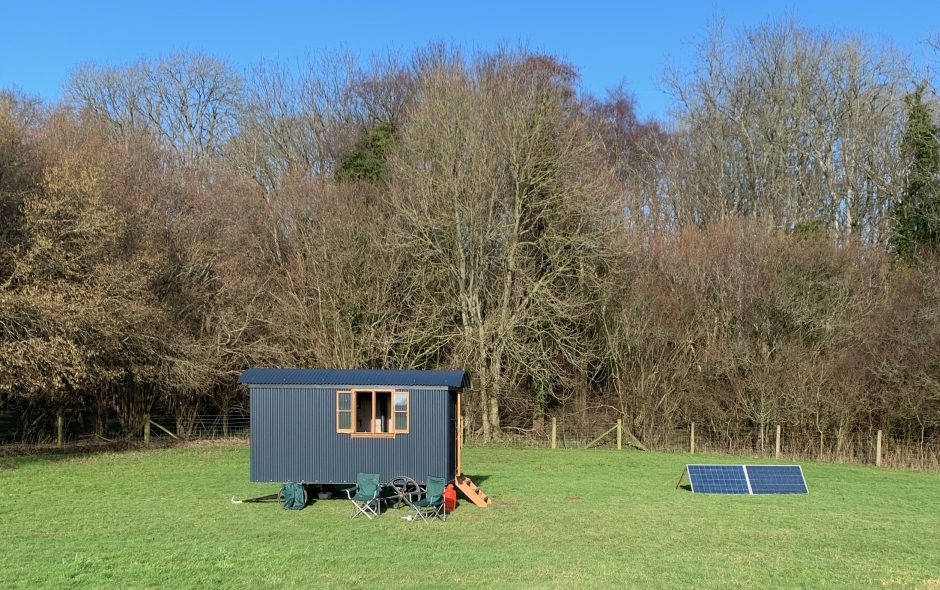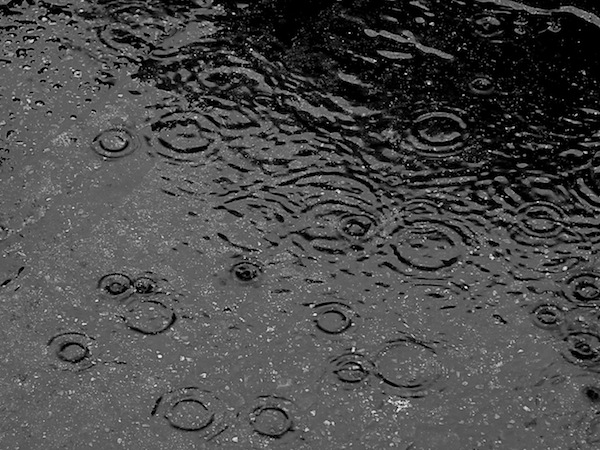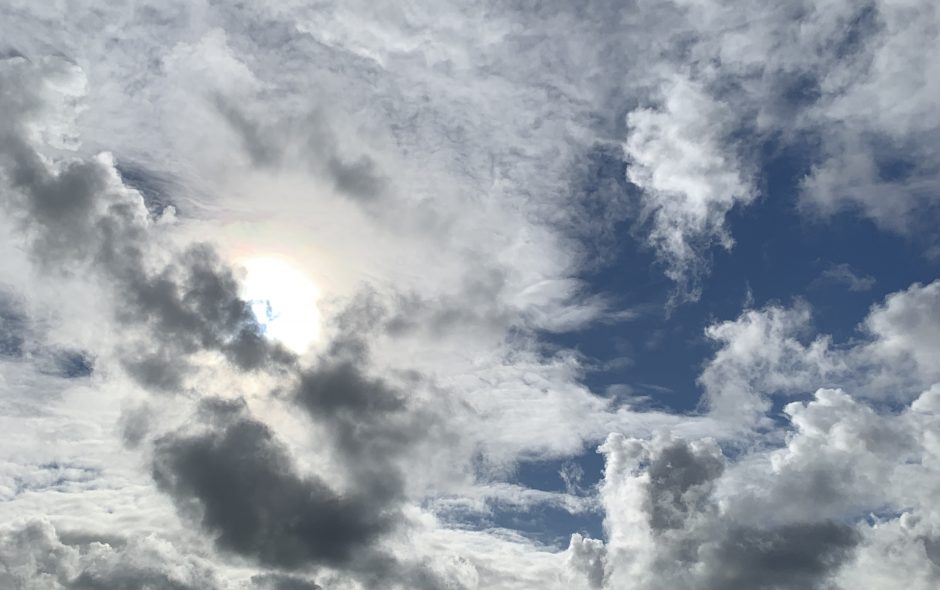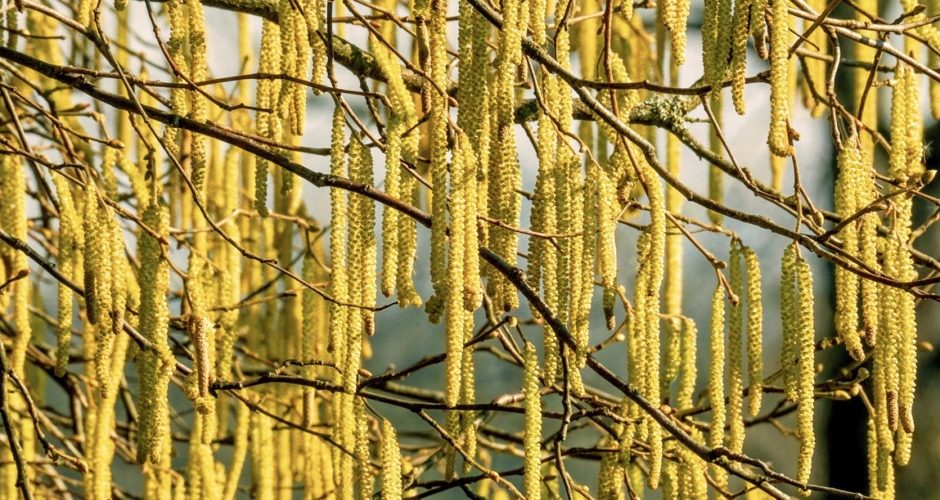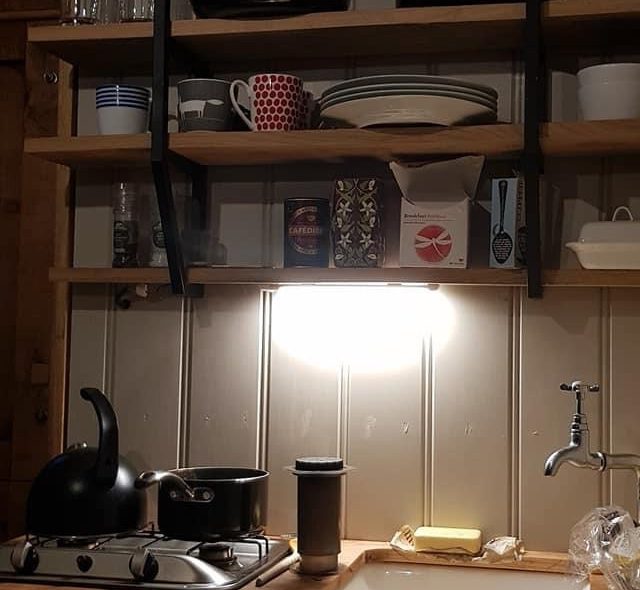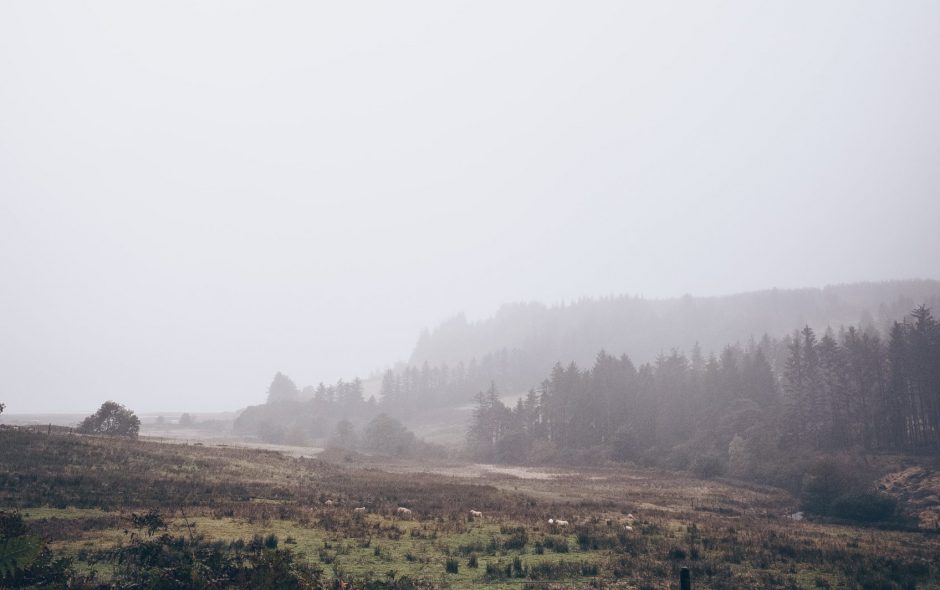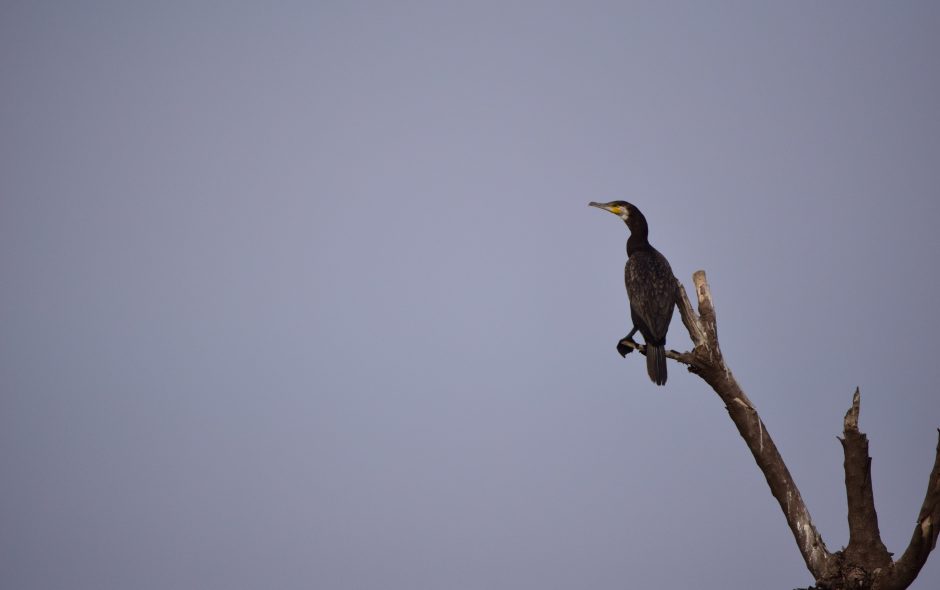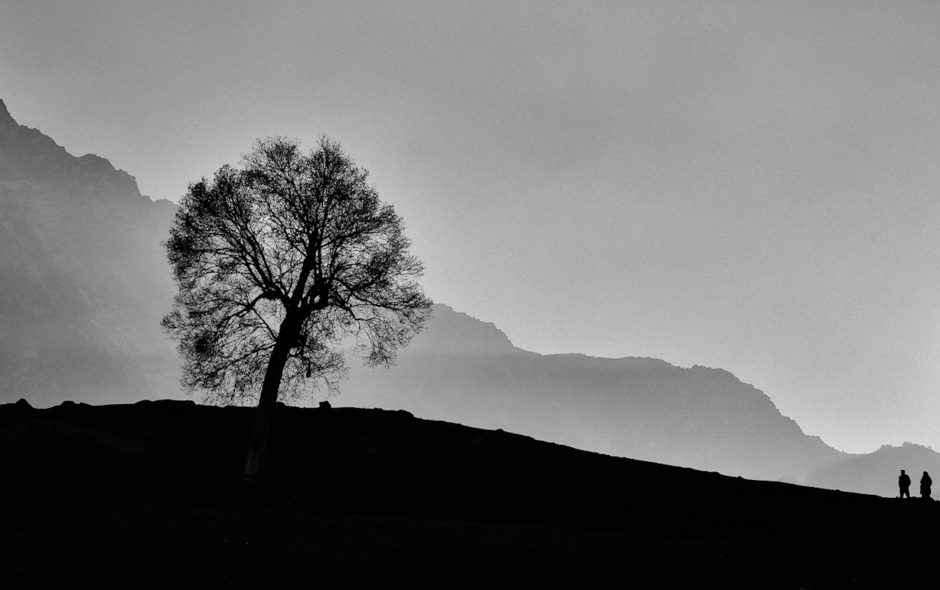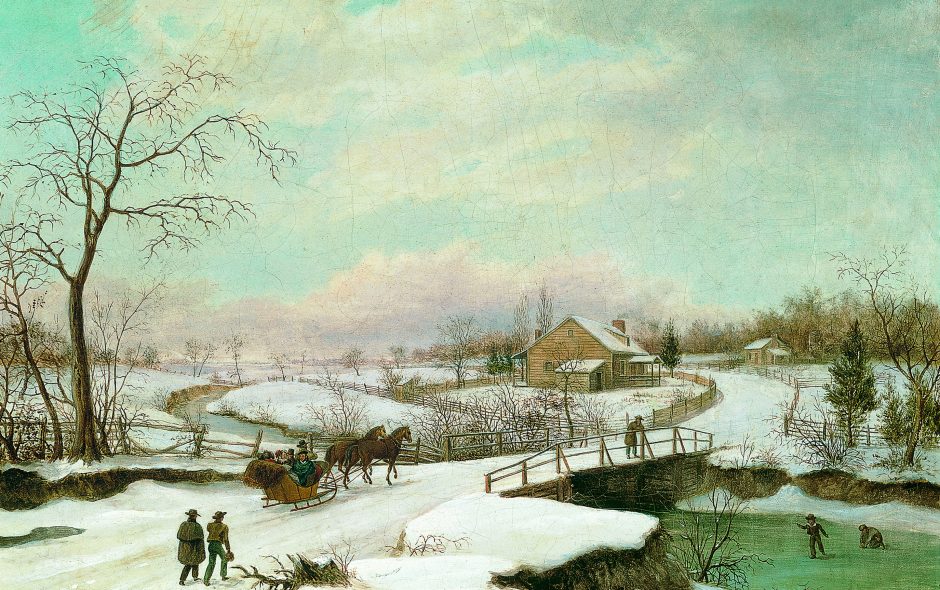Who are my neighbours dwelling around my green tin hut?
First and foremost the air. The air is always here. She shapes the mood of everything that happens in this place. First week, she flung herself wildly at the hut, night after night. I feared she would tear the corrugated sheets from the hut. She flung rain against hut, and trees, and hill slope, and buildings and every living thing. Mostly, she moves gently through the pasture and the trees, in her winter dress of grey. She is sometimes icy cold, sometimes just cool. Generally she is damp on my skin. She fills every inch of the hut, dances with flame and smoke in the stove, and mingles with my inner darkness in the chambers of my lungs.
And, though really they are air, I must name the clouds. Endlessly changing: grey blanket; stacked in shades of grey and white; low mist; raining; snowing; white billowing; high wisping. They are never the same, but the moment of their changing eludes me always.
Then next most present, is the green sward of the pasture. I know little about grasses but suspect that there is one main green being carpeting the huge rising slope of the field, in tussocks, dips, mounds and furrows. Sometimes grass carries the white of frost, often a million million drops of rain or dew. Beneath the sward is hidden water that squelches under each step I take.
After that, I name the creatures beyond the fence. Tall Ash, lower Hazel and Hawthorn leaning over the wire fence. All of them bearing vast communities of lichen that dazzle silver from a distance in the sun. Some Ashes are home to massing stands of Ivy rising up two thirds of their height. There are many more plant creatures beyond the fence – Wood Anemones are pushing their green shoots up – but I will not name them now. Buds are growing black Ash, brown Hazel and Hawthorn.
But the strongest presence in the wood is the thick brown stream that weaves his way strongly, silently between steep banks, eddying quickly round fallen trees and over shallow beds, moving slowly through deep reaches. He threatened to burst his banks after the heaviest rain but now has receded and moves endlessly downstream to meet the Ouse.
And my winged neighbours. Most frequently observed, or heard are the Great Tits and the Crows. The Great Tits are not large but in many ways they seem the most present of all winged or legged creatures here. The crows forage continuously on the pasture, make their way with purpose across the sky, sit as sentinels in the highest trees. They too are ever present. Then there are the geese – Canada and Grey Lag and some kind of domestic breed. Always down by the lake or foraging on the campsite meadow beyond the trackway. And the daily Cormorant with its watch tower tree. And the passage of ducks. And when the sun breaks through an explosion of blackbirds, robins, other tits all joining the Great Tits in the wood.
I know, I know there are thousands of neighbours smaller than these around me but it these cold days apart from the flies, moths and spiders that share the hut with me they have remained unnoticed.
And surprisingly only the tracks of creatures I expected to see. The well-worn paths of rabbits through the lattice of the fence wires down by the lake. And small hoof prints of deer in the wet mud of the woodland floor.
And lastly of course, the fields of sheep all around me, and the incongruous Alpacas, and the even more dissonant two-humped Camel.
And Mark, up in the huts by hardstanding on the rise, and Jack, the wood man, and Andy, who lives somewhere over the back of the barns beyond the lake, and Philip, the farmer, his wife and his son and daughter. And a guy I haven’t met, but always see away in the distance, in the green hi-viz jacket, working on vehicles all day over in the neighbour’s barns. And sometimes the fishermen looking miserable down by the lake when weekend comes.
And me.
Image mine.
